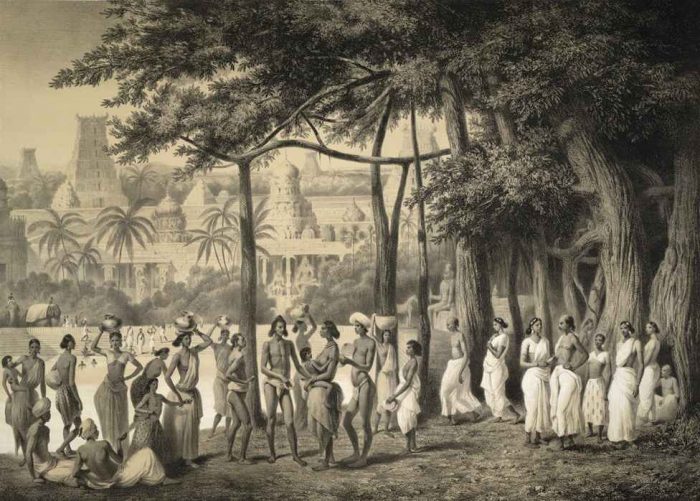Vedic agriculture – In Ancient India
Vedic Agriculture in Ancient India
Vedic agriculture in Ancient India had many developments in science, mathematics, civilization, and Agriculture. Exceptionally the Vedic people were skilled in cultivation and succeeded in Agriculture. The Hindu people strongly followed the traditions and cultures so that every practice of agriculture was associated with these religious customs. The people started agricultural practices such as ploughing, sowing, reaping and harvesting on auspicious days. Few people made the crop fields their modern laboratories and studied the nature of crops and plants. Vedic Agriculture was correctly performed by understanding the weather and monsoons.
Sage’s Contribution to Vedic Agriculture in India

Sage’s Contribution to Vedic Agriculture in India
The Vedic people cultivated the crops of wheat, barley, and other eatable nuts, which were the primary food items. In Rigveda, the Rishis didn’t mention rice. So the Vedic people didn’t know about the cultivation of Paddy. The Rishis wrote hymns in Rig Veda and Atharvaveda about the importance of rain and cattle. Even the six seasons also narrated and exposed the particular uses of every season. The Vedic people had good knowledge of science; they also discovered the role of light in manufacturing the trees’ food. The people used the Sun rays to get good crops in Vedic agriculture.
Veda’s Contribution to Vedic Agriculture
Veda’s Contribution to Vedic Agriculture
Vedic people’s other achievement was Manuring. The people of the Vedic period used useless items like leaves, cow dung, and other materials are thrown into the agricultural land, making them decompose. This process made the soil increase the fertility of good crops. The Atharvaveda narrated how to increase soil fertility and improve the cultivated land’s productivity. Our ancestors were very popular in understanding the importance of cultivation. So they widely wrote books about how to Cultivate crops.
The Vedic people divided the plants into various groups. Especially eatable plants, creeps, medicinal plants and many others. They keenly studied the nature and benefits of the plants. Our ancient books also describe the plant life and benefits of each plant. Moreover, agricultural people should know about the cultivation and the nature of plants. So the Sages have been written about the functions of the roots of trees, twigs, flowers, leaves, and fruits.
”Rishis dudn’t mention the use of rice” somehow this sentence is not convincing.
While woshipping navagrahas, soma is represented as” thandula dhanyasyopari stiham”
can you kindly clarify?